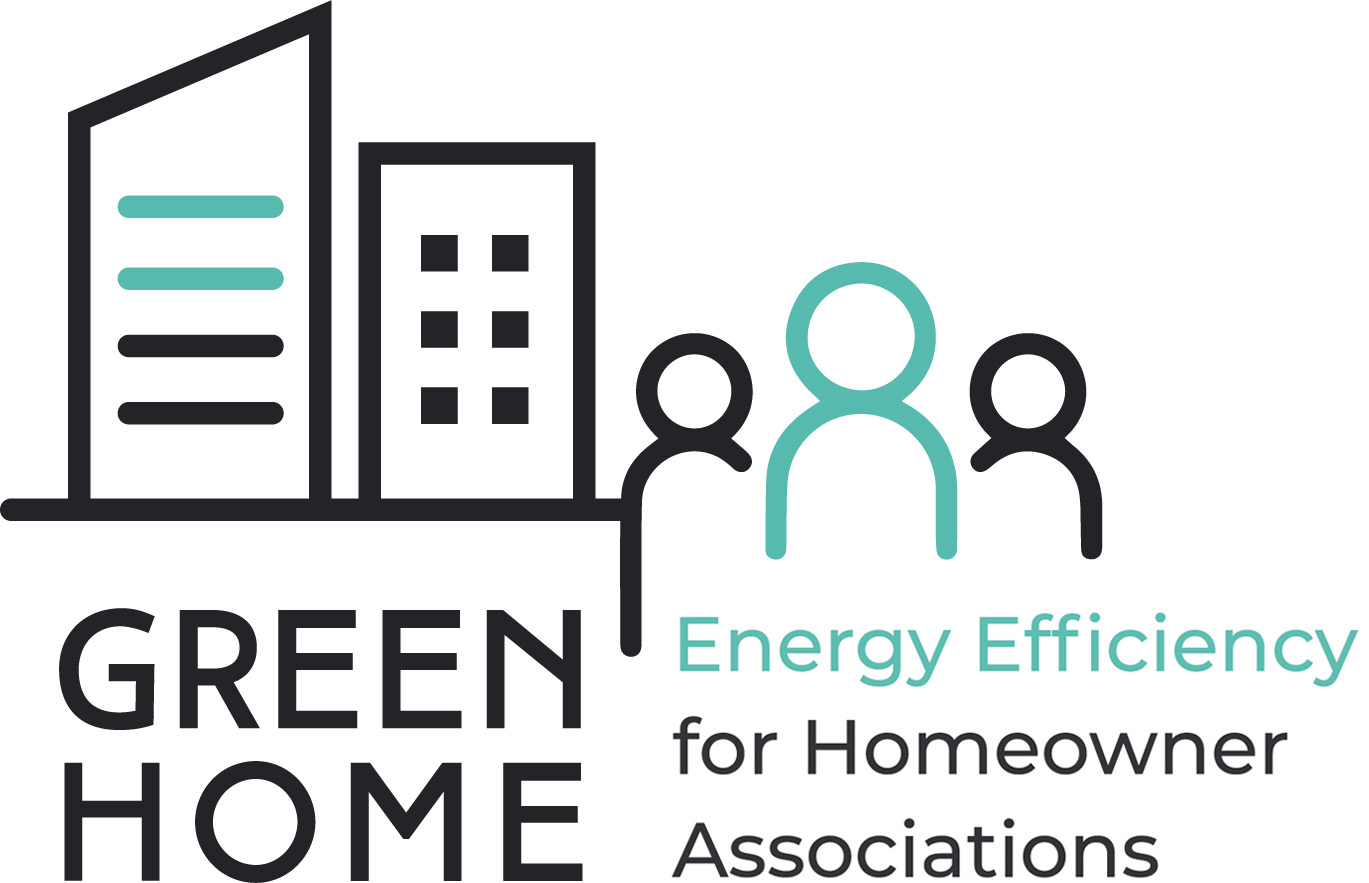
Reverse mortgages as an option for energy-efficient refurbishments
Reverse mortgages as an option for energy-efficient refurbishments
In the coming years, many homeowner associations (HOAs) will have to carry out energy-efficient renovations. The EU and Germany have set ambitious climate targets in which the decarbonization of the building sector plays a central role. Even if energy-saving measures are urgently needed, there is always the question of financing in the HOAs. Senior citizens are often faced with financial challenges, as most of their capital is tied up in their homes and conventional credit options are rarely available from banks due to long terms.
The importance of energy-efficient renovations is greater today than ever before: in addition to their contribution to climate protection, financial aspects are increasingly coming into focus. In the coming years, heating costs will rise due to CO2 pricing as well as other factors, making energy-efficient refurbishment an indispensable long-term investment. At the same time, the energy-efficiency condition increasingly determines the value of the property.
Reverse mortgages in the UK and USA
In the UK and the USA, reverse mortgages are a common way for older people to release tied-up assets without having to sell or even move out of their homes. In this case, part of the property is mortgaged by the bank and paid out as a loan. Interest is added up to the loan amount without repayments or interest payments being made. Only when moving out of the property or dying, the loan becomes due, which can then be settled by the heirs, or by selling the property.
Situation in Germany
In Germany, reverse mortgages are not available for several reasons: First, the German pension system is comparatively robust and provides some financial security in old age. Second, the ban on compound interest requires banks to develop more complex approaches to reverse mortgages with security margin. In addition, the ownership rate in Germany is lower, and culturally, many people are reluctant to remortgage their already paid-off property.
For some years now, however, Allianz Lebensversicherung AG and some Sparkassen have been offering a comparable product for older people who own real estate. The prerequisite is an unencumbered property that is occupied by the owner. Up to 40% of the value of the property can be paid out as a loan at the usual interest rates. Unlike the reverse mortgage, however, the interest is paid monthly by the borrower, which means that the loan amount remains constant and does not grow as with the reverse mortgage. In addition, the loan is not repaid until the owners move out of the property or pass away.
Outlook
Products like these can play an important piece of the puzzle in financing extensive energy retrofits in condominium associations. In an aging society, it is important to further develop such financing models so that renovations can be financed from the value or appreciation of the property.



